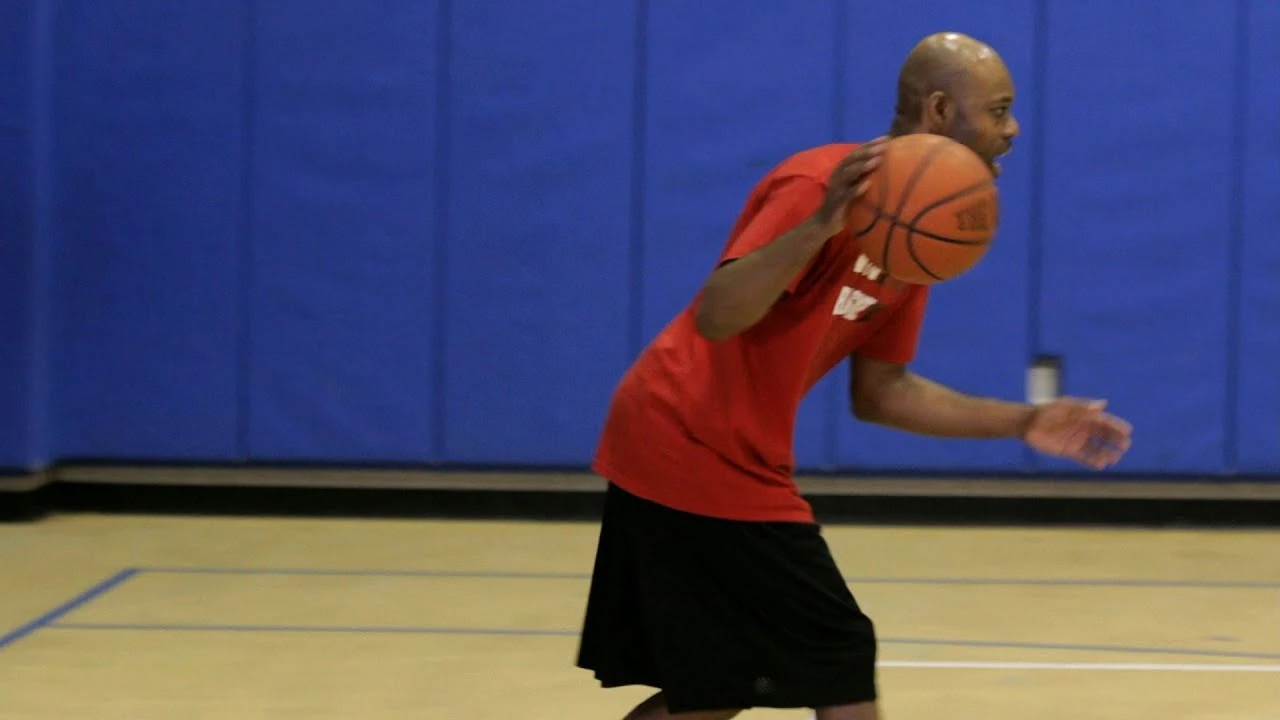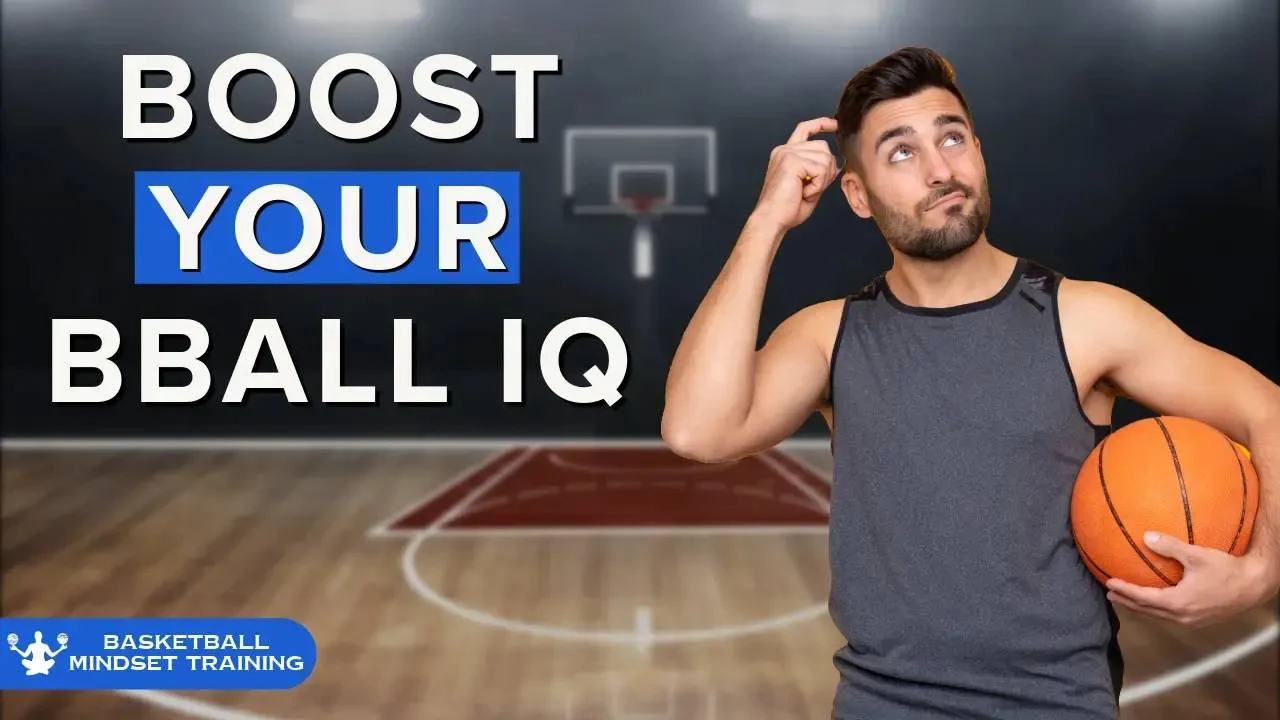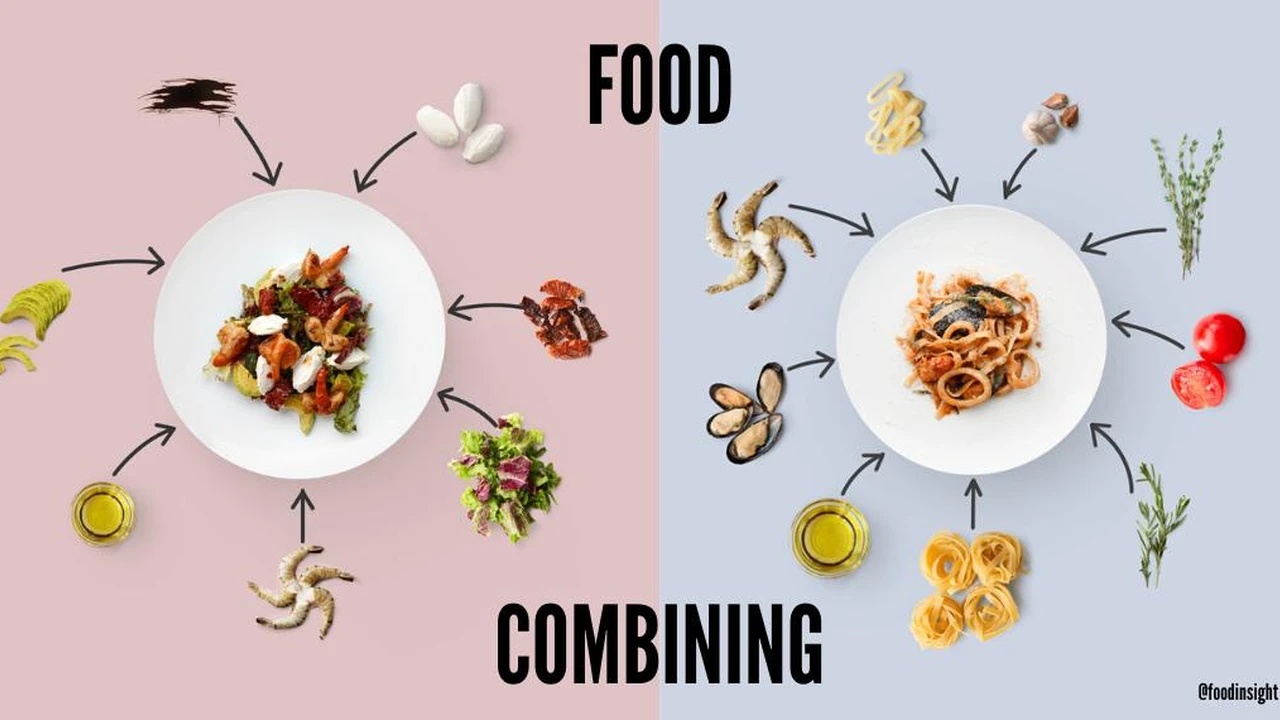Change of Pace Dribbling_ Deception on the Court

Change of Pace Dribbling Deception on the Court
Understanding the Essence of Change of Pace Dribbling Techniques
Alright, let's dive deep into the fascinating world of change of pace dribbling. This isn't just about bouncing a ball; it's about controlling the rhythm, dictating the defender's movements, and ultimately, creating opportunities to score. Think of it as conducting an orchestra, only the instrument is a basketball and your audience is the opposing team. The best dribblers aren't just fast; they're unpredictable. They lull you into a sense of security, then explode past you before you even realize what happened. Change of pace dribbling is the key to that unpredictability.
So, what exactly *is* change of pace dribbling? It's the art of varying your speed, rhythm, and even the height of your dribble to keep the defender guessing. It's about shifting gears, going from a slow, deliberate pace to a quick, explosive burst, or vice versa. It's about creating hesitation and doubt in the defender's mind, making them react instead of anticipate. And that split-second of hesitation is all you need to gain the advantage.
Why is this skill so crucial? Because defenses today are more sophisticated than ever. They're well-drilled, they communicate effectively, and they're constantly adjusting to your movements. Simply relying on raw speed and athleticism isn't enough to consistently beat a good defender. You need finesse, you need deception, and you need the ability to change pace. This allows you to break down the defense, create open shots for yourself and your teammates, and ultimately, control the game.
Essential Basketball Training Equipment for Dribbling Development
Before we get into the specific techniques, let's talk about the tools you'll need to hone your change of pace dribbling skills. While you can certainly practice with just a basketball and a hoop, having the right equipment can significantly accelerate your development and make your training more effective.
Basketballs: This might seem obvious, but not all basketballs are created equal. For serious dribbling practice, you want a ball that offers excellent grip, consistent bounce, and durability. Consider investing in a high-quality indoor/outdoor basketball that can withstand the rigors of daily training. Here are a few recommendations:
- Spalding NBA Zi/O Excel Basketball: This is a popular choice among players of all levels. It offers a great feel, excellent grip, and consistent bounce. It's also very durable, making it a good investment for long-term training. Pricing typically ranges from $30-$50.
- Wilson Evolution Game Basketball: Known for its soft feel and exceptional grip, the Wilson Evolution is a favorite for indoor play. While it's not as durable as the Spalding for outdoor use, it's a fantastic choice for honing your dribbling skills in a controlled environment. Expect to pay around $60-$80.
- Nike Versa Tack Basketball: A budget-friendly option that still provides decent grip and durability. Ideal for beginners or players who need a reliable practice ball without breaking the bank. Priced around $20-$30.
Dribbling Cones: Cones are essential for setting up drills and creating obstacles to navigate. They help you improve your ball control, agility, and footwork while dribbling. Look for cones that are durable, easy to see, and won't easily tip over. Sets of 50 cones can be found for around $20-$40.
Agility Ladder: An agility ladder is a fantastic tool for improving your foot speed, coordination, and quickness. These are all crucial for change of pace dribbling, as you need to be able to shift your feet quickly and efficiently to change direction and speed. Agility ladders typically cost between $15-$30.
Weighted Basketball: Using a weighted basketball can help you develop strength and improve your ball handling. It forces you to work harder to control the ball, which can translate to better control and confidence when you switch back to a regular basketball. Weighted basketballs range from $30-$60.
Dribble Goggles: These goggles force you to dribble without looking at the ball, promoting better court awareness and peripheral vision. This is crucial for making quick decisions and reacting to defenders while maintaining your dribble. Dribble goggles can be found for $15-$30.
Mastering the Hesitation Dribble for Offensive Advantage
The hesitation dribble is a fundamental change of pace technique that every serious basketball player should master. It involves momentarily slowing down or stopping your dribble to create hesitation in the defender's mind. This hesitation allows you to then explode past them with a burst of speed.
The Technique: Start by dribbling at a comfortable pace. As you approach the defender, subtly slow down your dribble, almost as if you're about to stop. At the same time, slightly lower your body and look towards the basket. This creates the illusion that you're about to shoot or drive. The key is to make it look natural and convincing. Once the defender reacts (even for a split second), explode past them with a quick, powerful dribble. Use a crossover, behind-the-back dribble, or any other move that allows you to quickly change direction and gain separation.
Common Mistakes: One common mistake is telegraphing your hesitation. If you slow down too dramatically or stare directly at the defender, they'll know what's coming. Another mistake is not exploding with enough force after the hesitation. You need to be able to accelerate quickly and decisively to take advantage of the defender's hesitation.
Drills to Practice:
- Cone Hesitation: Set up a line of cones spaced a few feet apart. Dribble through the cones, performing a hesitation dribble at each cone. Focus on maintaining a low center of gravity and exploding with speed after the hesitation.
- Partner Hesitation: Have a partner stand in front of you as a defender. Practice performing the hesitation dribble and driving past your partner. Focus on creating a realistic hesitation and exploding with speed.
- Game Situation Hesitation: Incorporate the hesitation dribble into your regular scrimmages and games. This will help you learn how to use it effectively in real-game situations.
Exploring the Crossover Dribble as a Change of Pace Weapon
The crossover dribble is another essential tool for change of pace dribbling. It involves quickly switching the ball from one hand to the other, creating a change of direction and speed that can throw off the defender.
The Technique: Start by dribbling with one hand. As you approach the defender, lower your body and shift your weight slightly. Then, quickly push the ball across your body to your other hand, using a strong, controlled motion. Keep your head up and your eyes on the defender. The key is to make the crossover quick and deceptive, so the defender doesn't have time to react.
Variations: There are several variations of the crossover dribble, including the low crossover, the high crossover, and the behind-the-back crossover. The low crossover is performed with the ball close to the ground, making it difficult for the defender to reach. The high crossover is performed with the ball higher up, allowing you to cover more ground quickly. The behind-the-back crossover is a more advanced move that can be very effective in creating separation.
Drills to Practice:
- Stationary Crossover: Practice the crossover dribble while standing still, focusing on maintaining a low center of gravity and using a strong, controlled motion.
- Walking Crossover: Practice the crossover dribble while walking, gradually increasing your speed as you become more comfortable.
- Running Crossover: Practice the crossover dribble while running at full speed, focusing on maintaining control of the ball and keeping your head up.
- Cone Crossover: Set up a line of cones and practice dribbling through them, using the crossover dribble to change direction at each cone.
Utilizing the Behind the Back Dribble for Deceptive Maneuvers
The behind-the-back dribble is a more advanced change of pace technique that can be incredibly effective in creating separation and confusing the defender. It involves dribbling the ball behind your back from one hand to the other.
The Technique: Start by dribbling with one hand. As you approach the defender, lower your body and shift your weight slightly. Then, quickly swing the ball behind your back to your other hand, using a strong, controlled motion. Keep your head up and your eyes on the defender. The key is to make the behind-the-back dribble quick and deceptive, so the defender doesn't have time to react. You need good core strength and coordination to execute this move effectively.
Common Mistakes: A common mistake is losing control of the ball. This can happen if you don't have enough core strength or if you try to perform the move too quickly. Another mistake is telegraphing the move. If you look down or shift your weight too much, the defender will know what's coming.
Drills to Practice:
- Stationary Behind-the-Back: Practice the behind-the-back dribble while standing still, focusing on maintaining a low center of gravity and using a strong, controlled motion.
- Walking Behind-the-Back: Practice the behind-the-back dribble while walking, gradually increasing your speed as you become more comfortable.
- Running Behind-the-Back: Practice the behind-the-back dribble while running at full speed, focusing on maintaining control of the ball and keeping your head up.
- Cone Behind-the-Back: Set up a line of cones and practice dribbling through them, using the behind-the-back dribble to change direction at each cone.
The In and Out Dribble A Subtle Yet Effective Change of Pace Technique
The in and out dribble is a subtle but effective change of pace technique that can be used to create hesitation in the defender's mind and open up driving lanes.
The Technique: Start by dribbling with one hand. As you approach the defender, quickly move the ball towards the outside of your body, as if you're about to perform a crossover. Then, quickly bring the ball back to your original hand. The key is to make the in and out motion quick and deceptive, so the defender doesn't have time to react. It's a subtle feint that can throw off their timing.
Common Mistakes: A common mistake is not selling the move. If you don't move the ball far enough to the outside or if you don't look like you're actually going to perform a crossover, the defender won't be fooled. Another mistake is not following up with a quick drive. The in and out dribble is designed to create an opening, so you need to be ready to take advantage of it.
Drills to Practice:
- Stationary In and Out: Practice the in and out dribble while standing still, focusing on making the motion quick and deceptive.
- Walking In and Out: Practice the in and out dribble while walking, gradually increasing your speed as you become more comfortable.
- Running In and Out: Practice the in and out dribble while running at full speed, focusing on maintaining control of the ball and keeping your head up.
- Cone In and Out: Set up a line of cones and practice dribbling through them, using the in and out dribble to create space and change direction.
Combining Dribbling Moves for Unpredictable Offensive Sequences
Once you've mastered the individual change of pace dribbling techniques, the next step is to combine them into unpredictable offensive sequences. This will make you much more difficult to guard and allow you to create more scoring opportunities.
Examples of Combinations:
- Hesitation Dribble + Crossover: Perform a hesitation dribble to freeze the defender, then quickly crossover to your other hand and drive to the basket.
- In and Out Dribble + Behind-the-Back: Perform an in and out dribble to create space, then quickly go behind-the-back to change direction and drive to the basket.
- Crossover + Hesitation Dribble + Crossover: Use a series of crossovers and hesitation dribbles to keep the defender guessing and create an opening for a shot or drive.
Key Considerations: When combining dribbling moves, it's important to be fluid and unpredictable. Don't telegraph your moves or become too predictable. Mix up your combinations and keep the defender guessing. Also, be sure to maintain control of the ball and keep your head up so you can see the entire court.
Drills to Practice:
- Combination Dribble Drills: Create your own drills that combine different dribbling moves. For example, you could set up a series of cones and practice performing a hesitation dribble at the first cone, a crossover at the second cone, and a behind-the-back dribble at the third cone.
- Scrimmages: Incorporate combination dribbling moves into your regular scrimmages and games. This will help you learn how to use them effectively in real-game situations.
Developing Court Awareness and Decision Making While Dribbling
Change of pace dribbling isn't just about fancy moves; it's about making smart decisions on the court. You need to be able to read the defense, anticipate their movements, and make quick decisions about when to change pace, when to pass, and when to shoot.
Key Elements of Court Awareness:
- Keeping Your Head Up: This is the most fundamental aspect of court awareness. You need to be able to see the entire court while you're dribbling, so you can see where your teammates are, where the defenders are, and where the open spaces are.
- Reading the Defense: Pay attention to the defender's body language and positioning. Are they leaning one way or the other? Are they anticipating your move? Use this information to make decisions about how to attack.
- Anticipating Movements: Try to anticipate where the defenders are going to move before they actually move. This will allow you to react more quickly and make better decisions.
- Understanding Spacing: Be aware of the spacing on the court. Are your teammates in good position to receive a pass? Are there any open driving lanes? Use this information to make decisions about how to attack.
Drills to Practice:
- Vision Drills: Practice dribbling while looking at different targets on the court, such as your teammates, the basket, or the defenders. This will help you improve your peripheral vision and court awareness.
- Decision-Making Drills: Set up drills that force you to make quick decisions while dribbling. For example, you could have a coach or teammate point to a target on the court, and you have to quickly dribble to that target while avoiding defenders.
- Scrimmages: Incorporate court awareness and decision-making into your regular scrimmages and games. This will help you learn how to use these skills effectively in real-game situations.
Conditioning and Strength Training for Enhanced Dribbling Performance
Change of pace dribbling requires not only skill and technique but also physical conditioning and strength. You need to be able to accelerate quickly, maintain your speed, and withstand the physical demands of the game.
Key Areas to Focus On:
- Leg Strength: Strong legs are essential for explosive movements and maintaining your speed while dribbling. Focus on exercises such as squats, lunges, and calf raises.
- Core Strength: A strong core is essential for stability and balance while dribbling. Focus on exercises such as planks, Russian twists, and bicycle crunches.
- Cardiovascular Endurance: You need to be able to maintain your energy level throughout the game. Focus on exercises such as running, sprinting, and jumping rope.
- Agility and Quickness: Agility and quickness are essential for changing direction and speed quickly. Focus on exercises such as agility ladder drills, cone drills, and shuttle runs.
Sample Workout Routine:
- Warm-up: 5 minutes of light cardio and dynamic stretching.
- Leg Strength: 3 sets of 10-12 reps of squats, lunges, and calf raises.
- Core Strength: 3 sets of 15-20 reps of planks, Russian twists, and bicycle crunches.
- Cardiovascular Endurance: 30 minutes of running, sprinting, or jumping rope.
- Agility and Quickness: 15 minutes of agility ladder drills, cone drills, and shuttle runs.
- Cool-down: 5 minutes of static stretching.
Analyzing Professional Players and Their Change of Pace Dribbling Styles
One of the best ways to improve your change of pace dribbling skills is to study the techniques of professional players. Pay attention to how they use different dribbling moves, how they read the defense, and how they make decisions on the court.
Examples of Players to Study:
- Kyrie Irving: Known for his incredible ball handling skills and his ability to change pace and direction at will.
- Stephen Curry: Known for his lightning-quick crossovers and his ability to create space for his shot.
- LeBron James: Known for his powerful drives to the basket and his ability to use his size and strength to create scoring opportunities.
- James Harden: Known for his crafty dribbling moves and his ability to draw fouls.
Things to Look For:
- Dribbling Moves: What types of dribbling moves do they use most often? How do they execute these moves?
- Pace and Rhythm: How do they change their pace and rhythm while dribbling? How do they use hesitation and deception?
- Court Awareness: How do they read the defense? How do they make decisions on the court?
- Footwork: How do they use their footwork to create space and change direction?
By studying the techniques of professional players, you can gain valuable insights into how to improve your own change of pace dribbling skills. Pay attention to the details and try to incorporate what you learn into your own game.
:max_bytes(150000):strip_icc()/277019-baked-pork-chops-with-cream-of-mushroom-soup-DDMFS-beauty-4x3-BG-7505-5762b731cf30447d9cbbbbbf387beafa.jpg)






